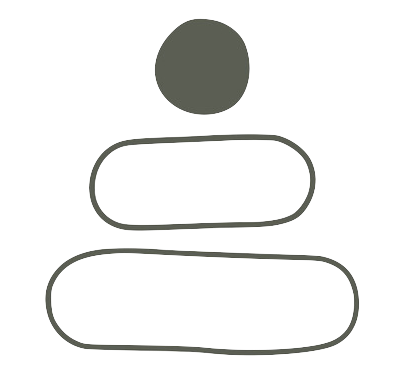Introducing and Refining the Art of Teaching
Unlike the first 5 modules of the non-accredited training, the final module spans 8 weeks and focusses on the Art of Teaching. The aim of this final module is more about drawing together all the aspects of the training into a more coherent and useable set of skills and insights so the sessions tend to be more conversational and reflective.
The first 4 weeks helps to develop ways to remain authentic in your representation of the practice while operating safely and effectively in the modern western world. While the second 4 weeks refines teaching ability by exploring the use of language and qi within the teaching space and bringing additional context by exploring qigong’s recent history in China.
Week 1 (18th Feb) – The Student/Teacher Relationship
Drawing from the previous months ideas and frameworks, we ask “the question about “what does a suitable, mutually supportive relationship with student look like?”. While there are obvious red flags in this area, understanding the more subtle aspects of the student/teacher relationship can be hugely beneficial when teaching.
Week 2 (25th Feb) – Developments and changes to Qigong since 1949
The evolution of qigong is far from simple and understanding the recent history of the practice helps us to see how the practice has adapted and changed to the needs of the society in which it evolved. Exploring this evolution then helps us as teachers not only to represent an accurate picture of the origins of the practice, but also to recognise the parts that have been adapted for cultural reasons and may benefit from further adaptation when working with a western audience.
Feixia Yu will lead this session. Feixia is native Chinese and has an encyclopaedic knowledge of recent Chinese history and philosophy. She is a co-author of Laozi’s Prose Poetry, a Health Qigong teacher and has recently retired from her work with the Confucius Institute through the University of Central Lancashire.
Week 3 (4th Mar) – The myth and reality of Transmission pt. 1
All too often the use of transmission during teaching is understood to be esoteric and mystical, but it can be viewed in far more practical ways. With reference back to models used previously in the training, we explore the idea of transmission as part of a dialogue within the teaching space. In addition to this, we will look at the problems associated with transmission and help you to enhance your ability to both listen and respond to the felt sense in a productive, supportive way in a group scenario.
Week 4 (11th Mar) – Presentation Week
Each month we will have one week that is run as a presentation week with peer feedback, In the western foundation month we will be asking you to present for 3 minutes on the history and evolution of qigong. The presentations will be peer reviewed so this is also an opportunity to try out different teaching styles, share different perspectives and learn from each other.
Week 6 (18th Mar) – Qi in Healing
While this is not a healers course, it’s important to address the topic of healing and the way in which we can skilfully facilitate healing within our students without imposing ourselves, our judgements or our beliefs on the individuals who attend our classes.
Week 7 (25th Mar) – Storytelling, Vulnerability and Humility
Possibly a strange group of headings, but very much related. This final week of discussion explores the role of stories in teaching, unpacks the power of vulnerability and asks what true humility looks like, and why it is so important when teaching.
Week 8 (11th Mar) – Final Presentation Week
Each month we will have one week that is run as a presentation week with peer feedback, In the western foundation month we will be asking you to present for 3 minutes on the use of qi fields for a group of novice qigong practitioners. The presentations will be peer reviewed so this is also an opportunity to try out different teaching styles, share different perspectives and learn from each other.

